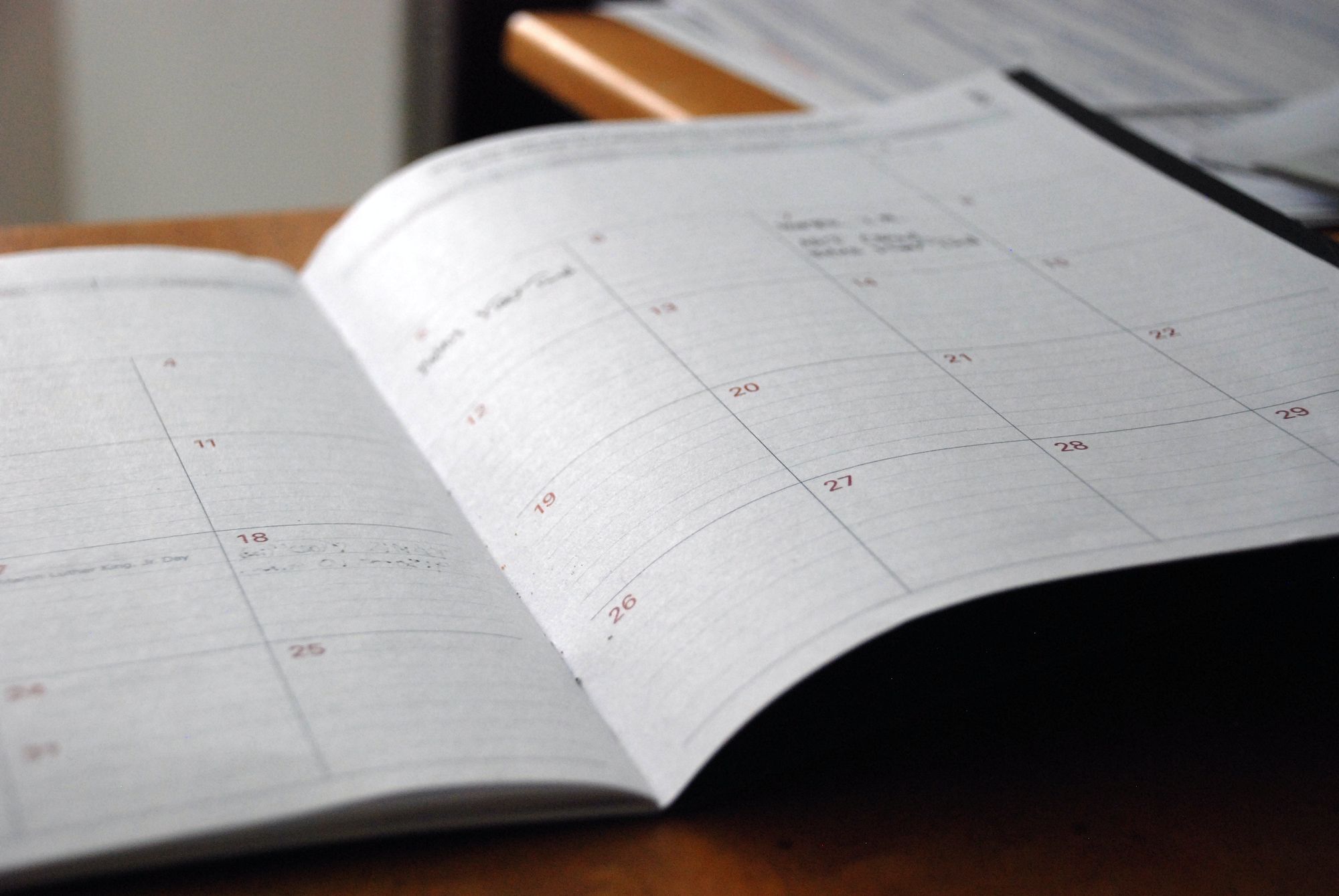Rental Checklists That Can Save Property Management Headaches

Acquiring a rental property is a great first step to building passive streams of income that help you increase wealth. But it’s just that, a first step. At some point, you’ll need to delve into the world or property management and put systems in place to ensure your investment is protected –- and continually bringing in positive cash flow. In which case, a property management checklist can be an absolute key to saving you time and money on your rental property landlord journey.
So, whether you’re intending to hire a property management company or looking for property management tips so you can do the job yourself, here’s a property management checklist to keep your rental property affairs on track.
Here is a sample property management checklist:
Marketing
- It is crucial to present the properties correctly, mainly because you have a lot of competition in the renter market.
- A photographer may be hired to take photos of the properties. If on a budget, you can use a good camera to produce stunning pictures that will entice tenants to choose you.
- With the photos captured, marketing the properties online is much more convenient. Several sites exist where you can advertise your home to find potential residents.
- Marketing should not be online only since it should also be present in the offline world. Putting up rent signs and paying for advertisements in local publications are still viable forms of offline ads. Distributing flyers that come with the information of the units and your contact information can also help.
- Open houses are also beneficial since most people would want to see everything for themselves.
Tenant Selection
- When marketing is complete, and some potential tenants want to lease, it is important to conduct the necessary background checks, employment verifications, and looking into past rental history.
- Typically, the first step is to show the unit to the candidates. Let them know about the requirements, along with the restrictions on living in the home or apartment. Be sure to ask questions about employment, income, and whether or not they have pets.
- If possible, reach out to the past landlords. From there, it would be easy to determine whether the landlords were satisfied with their stay and inquire what may have gone wrong.
- Checking the credit history as well as their background is also vital. These pieces of information will help make an informed decision regarding the quality and whether or not these tenants have high-risk potential.
- Finally, it is time to make a decision. Be sure to have a signed state-approved landlord tenant contract for both you and the tenant to sign. After that, it is time to get connected and schedule the date of when to move into the unit.
Tenant Orientation
In this part of the property management checklist, it is significant to ensure all documents are ready. Now that you’ve picked your tenant, it’s time for you to welcome them to your property.
- It would be helpful to provide contact info to the local cable, internet, and utilities companies for your home. If there are any specific items in the home that need to be regularly maintained by the tenant, please go over that as well with the tenant.
- If needed, a pet agreement should be signed.
- Rental rules should be outlined, and the renter should receive a copy of the document.
- The tenant should also have the keys and garage door opener.
- The renter should also have the contact information of the landlord, and emergency contact line.
Tenant Maintenance
A landlord-tenant relationship is a two-way street. You need to take care of them so they will, in turn, take care of your property.
- Maintaining and improving the rental property: This, aside from filling the unit, is your first priority. This means taking a proactive approach to landscaping, driveways, kitchens, bathrooms, interiors, exteriors, etc. Repairs done early usually means less costly repairs down the road. Another added bonus is a well-maintained property can fetch a higher rental rate in the future.
- Make rules clear (from the outset): Be it rent collection, prior warnings for violations, or basis for eviction; make sure expectations are clear during the orientation. This will minimize future friction with renters.
- Document your communications and organize your files: Whether paper or electronic, document all exchanges with renters. This will make it easy for you to reference in the future. (You’ll need this more often than you think.)
In conclusion,
Having a clear process in place means that a potentially arduous task can be completed with relative ease, and repair needs can be identified early on to avoid unnecessary expenditures.
